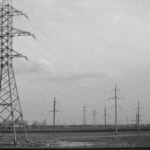In power engineering, electrical safety is central to both the design and maintenance of commercial building systems. As buildings grow more energy-intensive, with complex loads and high-demand equipment, the risks associated with electrical faults, arc flashes, and overloads increase significantly. In Australia we have stringent regulatory framework which adds further complexity, requiring engineers to not only ensure system safety but also compliance with national standards.
For power engineers, electrical safety involves a deep understanding of hazard mitigation, advanced safety technology, and adherence to Australian standards. This article explores the core aspects of electrical safety in commercial buildings, providing insights for power engineers on best practices, advanced safety solutions, and regulatory considerations.
1. Recognising Hazardous Conditions in Commercial Power Systems
Commercial buildings operate complex electrical systems, often with significantly higher loads and intricate distribution requirements compared to residential settings. With larger equipment, higher voltages, and more sensitive electronic loads, the risk of electrical hazards—including arc faults, overloads, and short circuits—is heightened.
Common hazardous conditions in commercial power systems include improper load balancing, overloaded circuits, and inadequate protective devices. Such issues can lead to arc flash incidents, fires, and downtime. Power engineers play a critical role in identifying these risks, designing robust systems that mitigate them, and implementing protocols to monitor and address potential hazards proactively.
2. Adhering to Australian Standards and Regulations
Australia’s electrical safety regulations are strict and designed to safeguard both occupants and infrastructure. Compliance with AS/NZS 3000 (the Wiring Rules) is essential, covering design, installation, and maintenance of electrical systems across commercial buildings. Additionally, AS/NZS 3017 specifies protocols for testing and tagging of electrical equipment, ensuring that it is safe for ongoing use in commercial environments.
Under the Work Health and Safety (WHS) Act, there is a legal duty to manage risks, making compliance essential for engineers involved in the design and maintenance of commercial electrical systems. Understanding these standards and regularly reviewing updates ensures that power engineers remain compliant, thereby reducing liabilities for building owners and ensuring occupant safety.
3. Implementing Design-Based Safety Measures
Design is at the heart of electrical safety, and power engineers are uniquely positioned to apply safety measures early in the project lifecycle. Key strategies include:
Selective Coordination: Ensuring that protective devices are coordinated to isolate faults without impacting entire systems or causing cascading failures. This allows circuit breakers to trip selectively, maintaining critical system stability and preventing unnecessary shutdowns.
Current Limiting Devices: Installing current-limiting fuses and circuit breakers is crucial for managing fault currents. In high-fault conditions, these devices reduce peak let-through current, protecting downstream equipment and limiting thermal damage.
Arc-Flash Mitigation: Arc flashes are a serious hazard in commercial environments, particularly in high-demand applications. Engineers can apply arc-flash mitigation techniques, such as arc-flash detection relays, protective relay schemes, and arc-resistant switchgear, to limit the intensity and impact of arc flash events.
4. Emphasising Maintenance and Inspection for Continued Safety
Routine maintenance and inspections are paramount to maintaining safe operations in commercial settings. Power engineers should conduct regular thermographic inspections to identify overheating connections, cables, or components, as these often signal impending failure. Preventive maintenance routines, including insulation resistance testing and infrared inspections, can reveal potential hazards before they escalate.
Following AS/NZS 3760 for the testing and tagging of portable appliances is critical, especially in dynamic commercial environments where equipment is frequently moved or replaced. Maintaining comprehensive documentation of testing results and maintenance schedules is essential, not only for regulatory compliance but also for future troubleshooting and system upgrades.
5. Utilising Advanced Technologies for Safety and Monitoring
Emerging technology plays a transformative role in enhancing electrical safety for commercial power systems. Intelligent relays and digital protective devices provide power engineers with granular data, enabling more precise control and early fault detection. This data-driven approach aids in making timely interventions, often before an incident occurs.
Condition Monitoring and Predictive Maintenance: IoT sensors and smart systems can continuously monitor key parameters like temperature, humidity, and power quality, providing insights into the operational health of equipment. Predictive maintenance analytics identify patterns and alert engineers to perform maintenance only when necessary, reducing unplanned outages and extending asset lifecycles.
Remote Monitoring Systems: Remote monitoring systems offer power engineers real-time insights into system performance, allowing them to adjust or initiate shutdowns without being on-site. This is particularly useful in commercial buildings with high energy demands, where continuous monitoring can catch abnormalities early, reducing downtime and potential safety incidents.
6. Designing for Power Quality and Reliability
Maintaining power quality is essential in commercial systems where fluctuations can lead to equipment damage or failures. Power engineers should prioritise implementing:
Voltage Regulators and Surge Protection: Voltage stabilisers and surge protection devices help protect sensitive equipment from sudden fluctuations, which are common in commercial settings with variable loads.
Uninterruptible Power Supplies (UPS) and Backup Systems: For systems requiring constant operation, such as data centers or healthcare facilities within commercial buildings, UPS and redundant power sources provide a layer of protection, ensuring critical systems remain operational during power disturbances.
By integrating these elements into system design, engineers can mitigate the risks associated with power interruptions and poor power quality, enhancing the overall safety and reliability of the building’s electrical system.
7. Emergency Preparedness and Arc Flash Training
Preparation for emergencies is essential in commercial electrical systems, where large-scale incidents can have serious consequences. Engineers play a crucial role in developing an Emergency Response Plan (ERP) that includes procedures for shutdown, evacuation, and incident response. Regularly training staff in arc flash safety and providing personal protective equipment (PPE) for high-risk tasks also enhance safety.
Power engineers should collaborate with facility managers to conduct regular emergency drills, reinforcing safe behaviour around electrical equipment. Additionally, clear signage near electrical panels and arc flash boundaries ensures that both engineering teams and building staff understand potential risks and how to respond effectively.
Electrical safety in commercial buildings is an ongoing priority for power engineers. From the complexities of high-demand systems to Australia’s regulatory requirements, engineers must remain vigilant, proactive, and technically adept. Compliance with standards like AS/NZS 3000 and the WHS Act provides a foundation, but effective safety requires a combination of sound design, advanced technology, and comprehensive maintenance.
Through meticulous planning, use of advanced monitoring, and adherence to emergency preparedness protocols, power engineers can minimize risk, support safe operations, and contribute to the sustainable and efficient function of commercial electrical systems in Australia. Electrical safety, when embedded in every layer of engineering practice, not only protects assets but also fosters a culture of safety that benefits everyone within the commercial ecosystem.
Reading Time: 3 minutes






